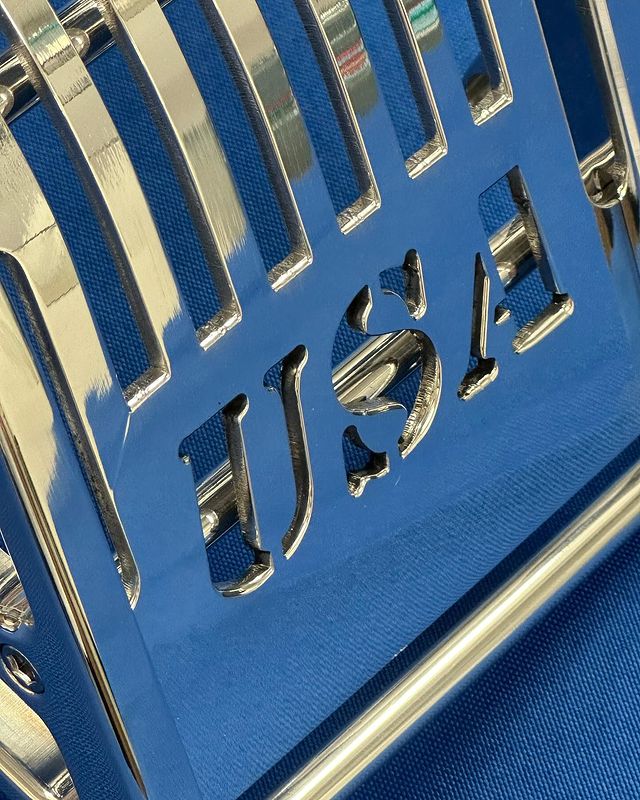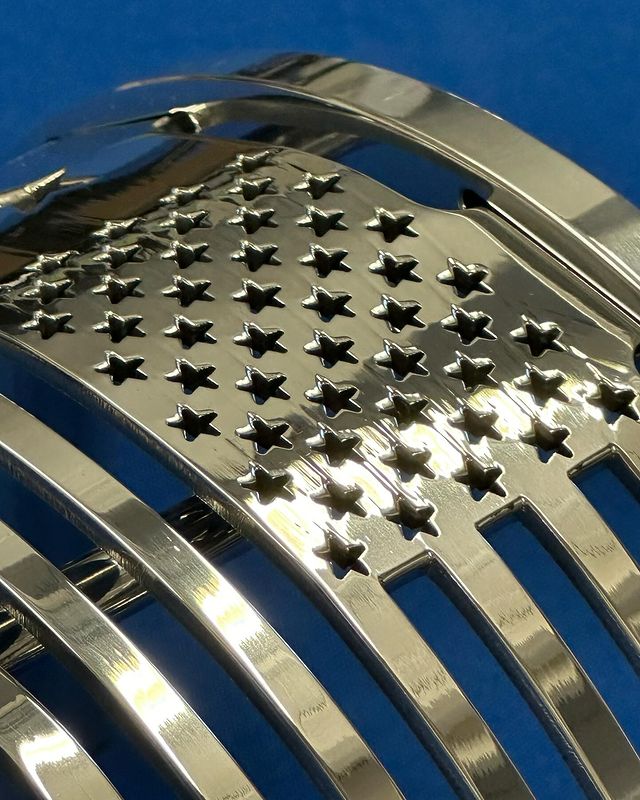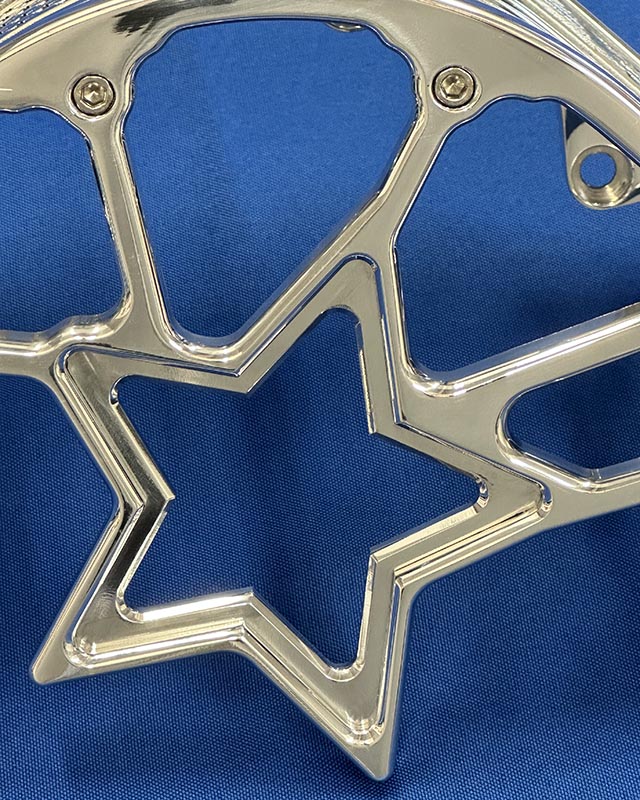When it comes to high-performance racing, one of the most critical concerns for any driver is engine temperature. Overheating can lead to significant engine damage, loss of power, and even complete failure in the middle of a race. While many factors influence engine temperature, one often overlooked aspect is the blower belt guard. This crucial component plays a role not only in protecting the blower belt but also in maintaining optimal engine temperatures.
Blower Belt Guards: More Than Just Protection
Most racers understand the primary function of a blower belt guard: to protect the blower belt from damage caused by debris or belt failure. However, what many don’t realize is how much impact this guard can have on engine performance, particularly in terms of temperature regulation.
A well-designed blower belt guard helps keep the belt and surrounding engine components clean and protected from dirt, dust, and debris. When debris enters the blower system, it can lead to inefficiencies in the belt’s operation, causing friction and heat buildup. Excessive heat can strain the engine, increasing the risk of overheating during intense racing conditions.
Optimizing Airflow and Reducing Heat
Blower belt guards, especially those designed at RAD with performance in mind, often feature vents or aerodynamic designs that enhance airflow around the belt and engine. This increased airflow helps to cool down critical components, reducing the overall temperature in the engine bay. By maintaining consistent airflow, the guard helps dissipate the heat generated by the blower belt and engine, which is crucial during high-speed racing when every degree counts.
Without proper airflow, the heat from the engine can cause the belt to wear down faster and even contribute to engine overheating. A blower belt guard designed to optimize cooling can make a significant difference in performance, extending the lifespan of the belt and maintaining stable engine temperatures during races.
Material and Design Impact on Cooling
The material used in blower belt guards can also influence how effectively they prevent overheating. Guards made from heat-resistant materials like aluminum or carbon fiber offer superior durability while also helping to manage the temperature. These materials dissipate heat more effectively than standard plastic guards, making them an excellent choice for high-performance vehicles.
Additionally, modern blower belt guards are designed with minimalistic yet effective shapes that provide protection while ensuring that air can flow freely through the engine bay. These streamlined designs not only reduce drag but also keep engine temperatures in check, particularly during long races where engine heat can quickly become an issue.
Preventing Heat Buildup During Prolonged Use
In endurance races or situations where the vehicle is pushed to its limits for extended periods, engine overheating is a common concern. The blower belt guard plays an essential role in mitigating this risk by keeping the blower system clean and functioning at peak efficiency. By reducing the buildup of dirt and preventing wear on the belt, the guard ensures that the belt continues to operate smoothly, which in turn helps regulate engine temperature.
Even during regular maintenance, ensuring that the blower belt guard is clean and undamaged can contribute to better engine cooling. A poorly maintained guard can trap heat rather than dissipate it, which is why regular checks and upkeep are essential for maintaining performance.
Conclusion
While blower belt guards are primarily known for protecting the blower belt, their role in preventing engine overheating should not be underestimated. By optimizing airflow, reducing heat buildup, and ensuring efficient engine operation, a high-quality blower belt guard can be the difference between finishing a race and facing an overheating issue. Investing in the right guard and maintaining it properly will not only protect your vehicle but also help you maintain peak performance on the track.








